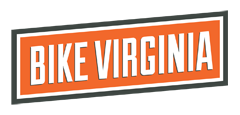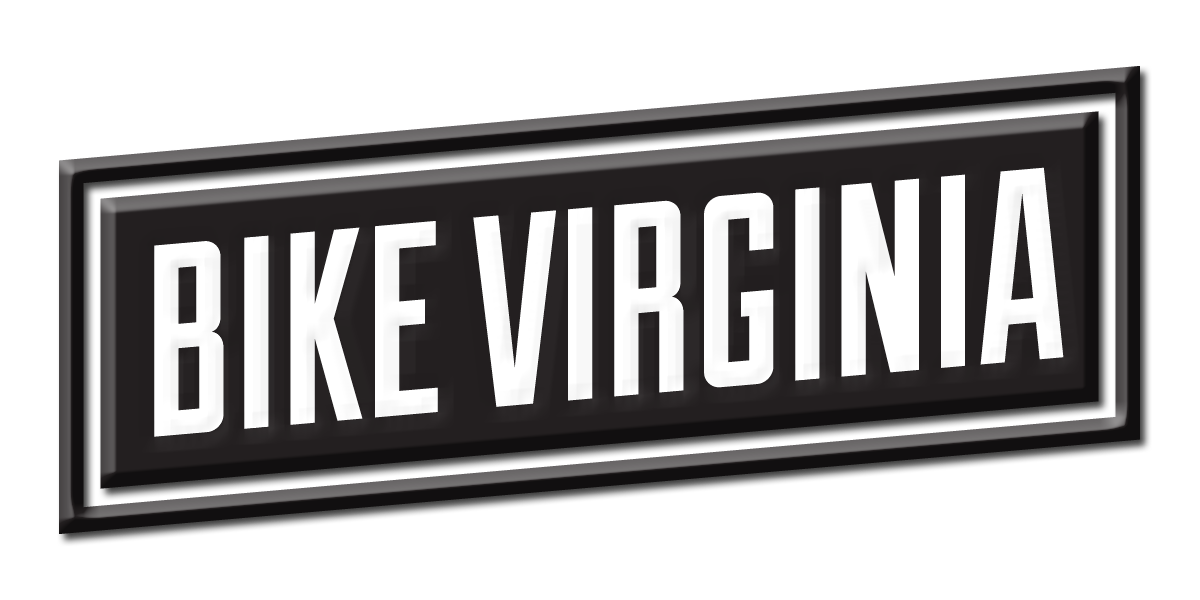In an earlier post, Route Planning Step 1, we talked about the first stages of how we plan the Bike Virginia Tour Routes.
As a recap from post 1, we draft out the routes with local knowledge and research and then start driving for evaluation. Part two of route planning is the detailed assessment of rest stop locations and the work to secure rest stops.
Our staff, Cynthia (Health and Safety Coordinator) and Christine (our all around administrative super star) tackle the next phase.
Cynthia collects lists of potential rest stops on the routes that Shane has identified. Then she begins visiting the sites for evaluating the key criteria:
- Water on site that is potable.
- Safe ingress and egress.
- Ample space for bike parking, eating, and serving.
Once a site is verified to have these basic components we begin the sometimes long and convoluted process of securing 1. the site and 2 a group to operate the site. These things are not always tied hand in hand. Some sites are owned by one entity and the rest stop provide by a different group. An example of that was the park on Saturday’s route in Lexington in 2013, the site was a city park, the operating group was the girl scouts.
We begin by negotiating or applying for site use. Typical sites are parks (permits required), churches (board and congregation approval needed), businesses, even private property in some extreme cases. Price for site use can also be prohibitive.
Cynthia also has to link in the health department at this point. Making sure we can get appropriate approvals for the site plan.
As you can imagine, getting approval for some sites can take months, and ultimately may not reach an approval that we need. That sends us back to the drawing board.
Once a site location is secured then we work to find a community civic group to help us man the rest stop. That’s where Christine begins networking with regional entities to make the connections to potential volunteer groups. Some sites have their preferred group, or operate the stop on their own. Other stops require us finding appropriate civic groups and creating a collaboration.
The “rest stop process” is one of the most challenging planning pieces of the event. We need stops about every 15-20 miles for hydration and nutritional support of participants. As you can guess, some routes offer plentiful choices for stops, others offer none.
If a rest stop fails to come together then we have to start hitting the pavement searching for other options. That just might mean that we have to move the route entirely. In a few rare extreme cases rest stops have decide to cancel at the last minute. When that happens route changes may have to be made, even after the event tour guide has been printed.
Thankfully that’s not too often, and every year we have wonderful relationships with community hosted rest stops. It’s a great mutual exchange. They help us, we help support the civic group’s missions. During an average year we make $25,000-30,000 in contributions to those community groups for keeping you fed, watered, and smiling.



